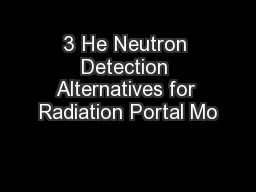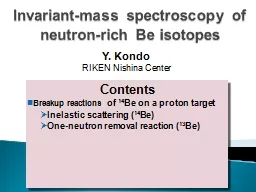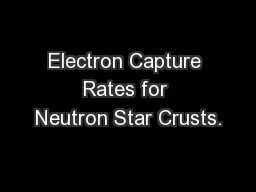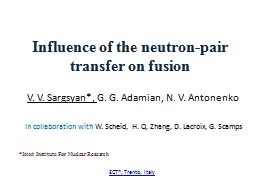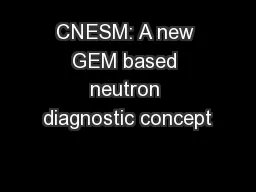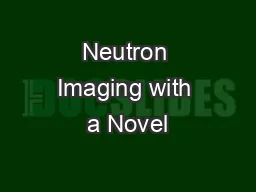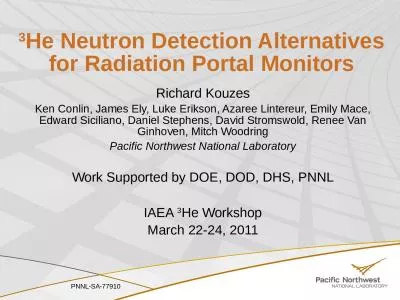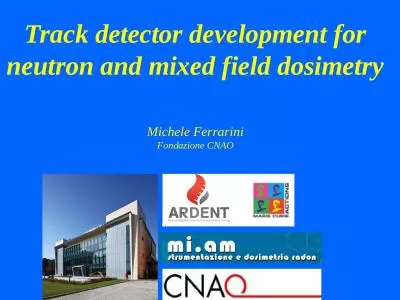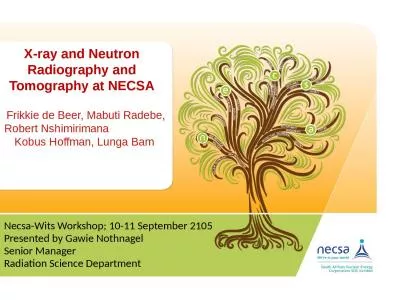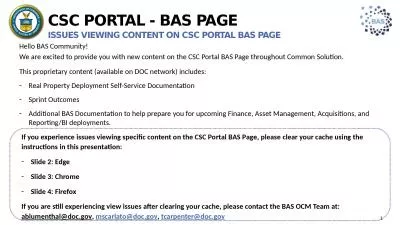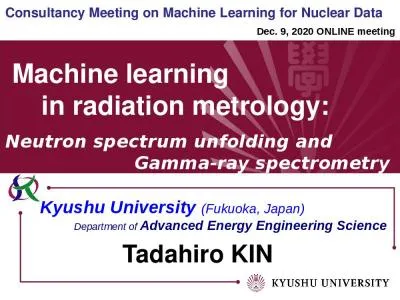PPT-3 He Neutron Detection Alternatives for Radiation Portal Mo
Author : tatyana-admore | Published Date : 2016-05-24
Richard Kouzes Ken Conlin James Ely Luke Erikson Azaree Lintereur Emily Mace Edward Siciliano Daniel Stephens David Stromswold Renee Van Ginhoven Mitch Woodring
Presentation Embed Code
Download Presentation
Download Presentation The PPT/PDF document "3 He Neutron Detection Alternatives for ..." is the property of its rightful owner. Permission is granted to download and print the materials on this website for personal, non-commercial use only, and to display it on your personal computer provided you do not modify the materials and that you retain all copyright notices contained in the materials. By downloading content from our website, you accept the terms of this agreement.
3 He Neutron Detection Alternatives for Radiation Portal Mo: Transcript
Download Rules Of Document
"3 He Neutron Detection Alternatives for Radiation Portal Mo"The content belongs to its owner. You may download and print it for personal use, without modification, and keep all copyright notices. By downloading, you agree to these terms.
Related Documents

